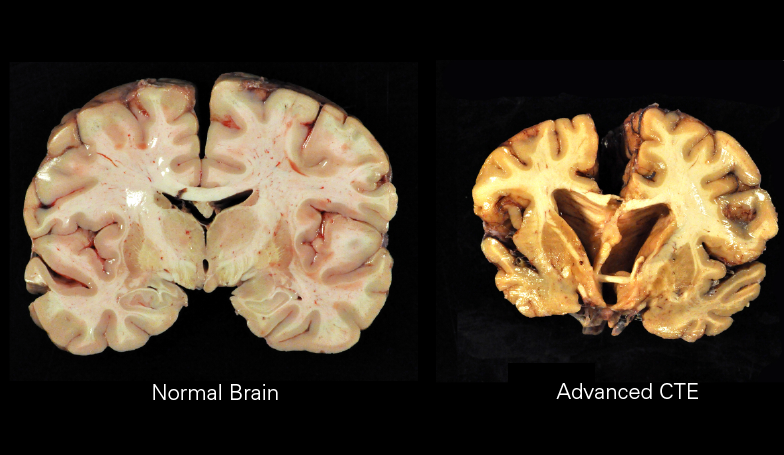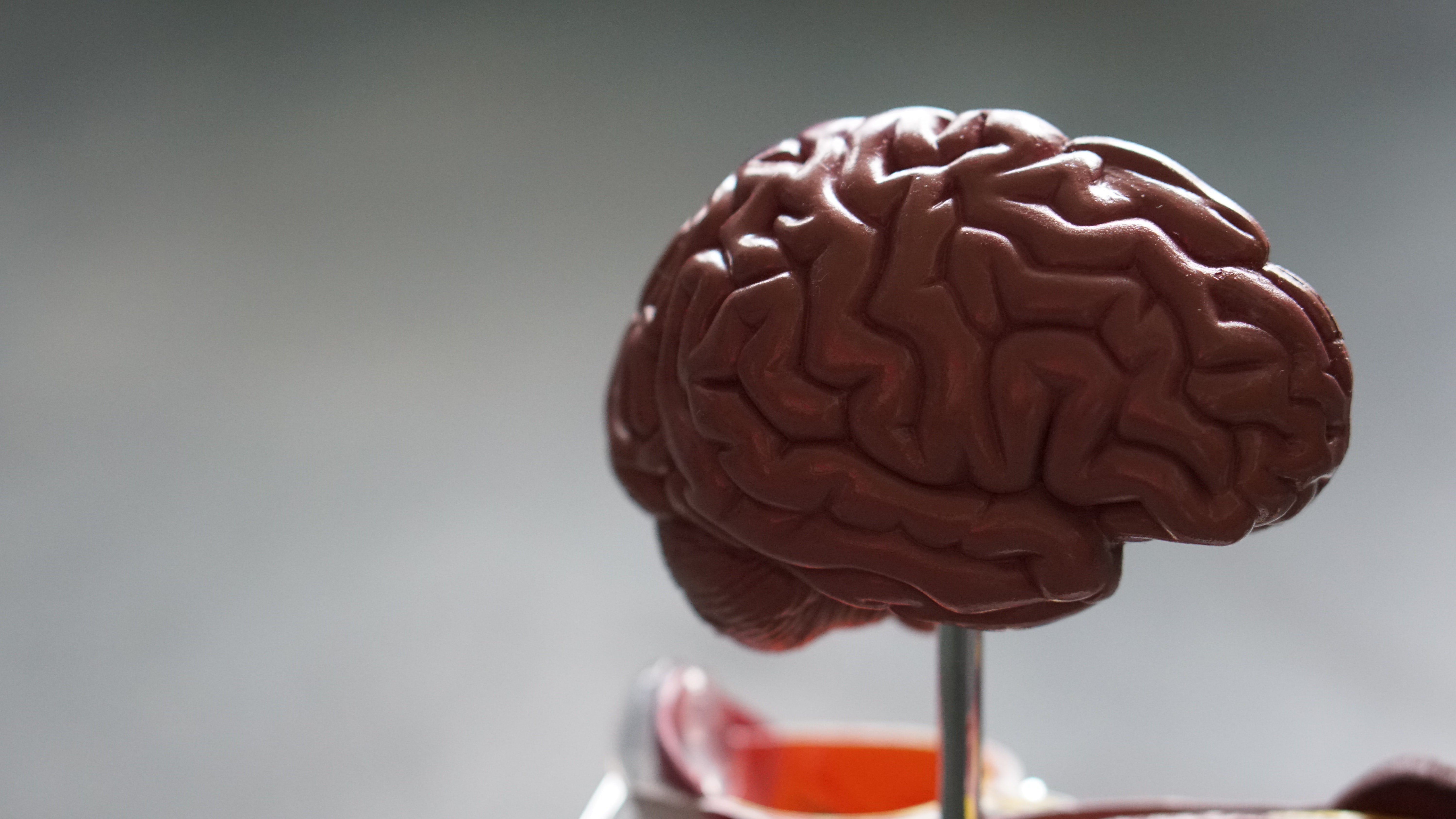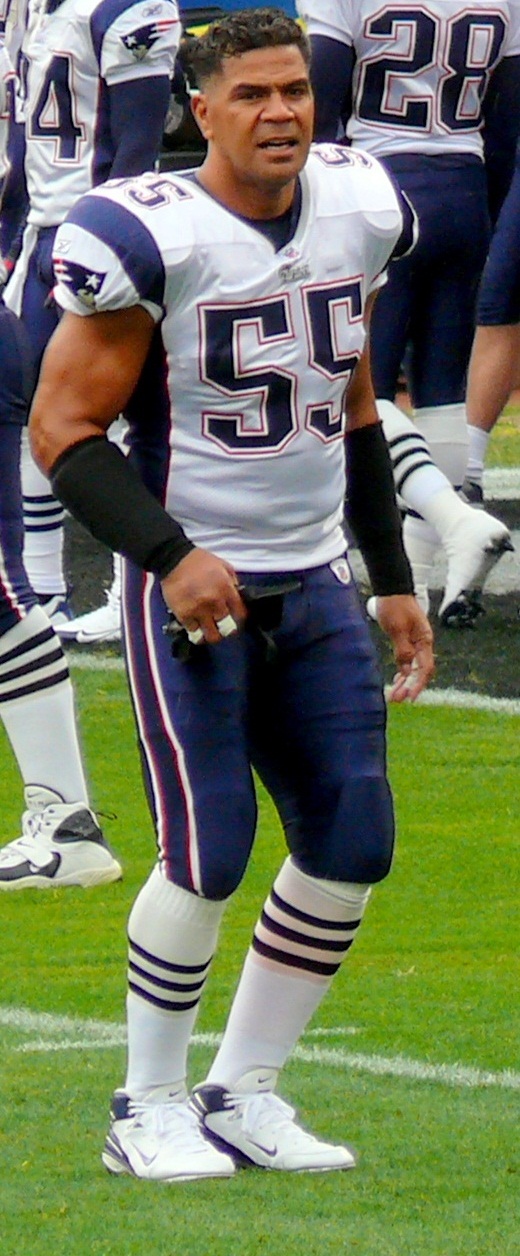Helmets protect athletes' skulls. Will the NFL use neuroscience to protect their brains?
Football needs better helmets, rules, and scientific integrity
As a spectator, it’s easy to forget the long term consequences of 300 pound humans crashing into each other at over 20 miles per hour. But this is the reality of American football. During play, the brain is one of the most susceptible parts of the body and the long-term danger may remain hidden until years after retirement.
New safety rules and improved helmets prevent injuries such as skull fractures. But no amount of training or equipment is yet known to prevent concussions, internal brain injuries caused when the brain shakes back and forth, or chronic traumatic encephalopathy (CTE), the neurodegenerative disease that results from accumulated hits to the head. The best thing we can do is stop playing these types of sports. The second best option is to mitigate the risks.
The NFL is plagued with controversy over the league's relationship with head injuries. Traditional helmets are designed to prevent skull fractures. However, concussions are not just blunt force trauma, but results of rotational forces exerted when the head snaps back and forth.

Symptoms of CTE don't appear until years or decades after chronic impacts
Wikimedia Commons
If the NFL wants to get serious about concussion prevention, as many believe they morally have a responsibility to do, independent neuroscience has to have a leading role in how helmets are designed. While the NFL denies bias in how they use science, it is impossible to deny that they have a large financial interest in the results, and this has led to questionable measures on head protection. From 1994 to 2009, the NFL actually employed their own research committee. But the committee was overhauled in 2009 after criticism from Congress for their continued denial of the link between football and brain disease.
And then there are equipment companies like Riddell, which was sued by thousands of former NFL players in 2013 for falsely claiming that players using their Revolution helmet were 31 percent less likely to get a concussion. Riddell based their marketing on a study of their new helmet by scientists at the University of Pittsburgh Medical Center. Even when the authors of the paper informed Riddell that their interpretation of their results was wrong (the actual reduction was closer to 2 percent), Riddell failed to alter the original claim.
Science’s approach for the modern American football helmet
If you’ve ever been a passenger in a car that suddenly slams on its breaks, you know a little of what it's like to be tackled. You probably fall forward, kept in your seat by your seat belt. The car stopped, but you were still rapidly accelerating. You experienced a linear force. Measurements on a college player showed the average acceleration of 10 hits he took during a single game. Each hit was roughly equivalent to what you would feel if you crashed a car into a wall going about 30 miles per hour.

Players' brains are very vulnerable in such a high-impact sport
Photo by Robina Weermeijer on Unsplash
Understanding of concussions and CTE has evolved significantly over the past few years and helmet designs are now just starting to catch up with the research. For example, scientists once thought that a concussion only bruised the outer grey matter surface of the brain. New research published over the past five years demonstrates that the brain doesn’t bruise, but does experience rotational forces and damage extending to white matter, deep tissue in the brain, as the fibers in white matter pull and twist upon impact.
Designing a better helmet is about being creative about reducing the rapid deceleration of the brain upon impact. In 2013, the start up company VICIS set out to create a helmet based on this current medical knowledge, with neurosurgeons, concussion specialists, and former NFL team physicians as advisers. Their approach focused on rotational forces on the brain instead of just linear ones.
Thanks to the more than $85 million raised, $1.1 million from the NFL, they launched the ZERO1 helmet in 2016. This product has a “reflex layer'' inside the shell composed of dozens of separate columns of padding, which bend, compress, and move in response to force in every direction, whether it's linear or rotational. The helmet also has a “deformable'' outer shell that morphs its shape when hit, acting like a car bumper to absorb the blow. Since acceleration is speed divided by time, you can reduce acceleration by either decreasing speed or prolonging the time of the impact. The idea behind the car bumper properties of ZERO1 is that it increases the time of impact.
In 2018, 120 professional and college teams wore the ZERO1. Performance testing suggests that this collaborative approach between scientists and sports was working. The ZERO1 football helmet was ranked #1 in ability to reduce force to the head in the NFL’s and NFL Player Association helmet laboratory performance testing from 2017-2019, every year it has been available.
While this innovative helmet design was hailed by neuroscientists, players, and sports leagues alike, VICIS did not survive competition with Schutt and Riddell, the two dominant companies in the helmet industry. In late 2019, VICIS announced it was out of money.
Other scientists are taking up the challenge to build a better helmet. David Camarillo is not just an Assistant Professor at Stanford University, he is also a former college football tight end. In 2013, his research lab developed computerized mouth guards to help accurately chart head acceleration data upon head impacts.

Former NFL player Junior Seau died at age 43. The NIH concluded that he suffered from CTE
Wikimedia Commons
While most helmets use solids to absorb energy, like foam or the columns in the VICIS ZERO1, the Camarillo lab's approach introduces liquid into the helmet with the idea that liquids can absorb more energy than solids. Camarillo compares the design to a “hydraulic shock absorber." The team used computer simulations of an NFL impact test and compared the liquid approach with four other helmets with different energy absorption technologies. Results from his study suggest that the helmet reduces the average brain tissue strain upon impact by about 25 percent and could reduce concussions by at least 75 percent. However, as these results are still based entirely on computer simulations, the safety and logistics of building an actual helmet are still in research stages.
A concussion is not the same as CTE
While these new helmets are intended to prevent concussions, singular events caused by one hit, they may still be insufficient to protect against CTE. CTE is a neurodegenerative disease resulting from cumulative hits, whether they are concussive or not, that occur many times over many years. CTE is nearly impossible to study as symptoms almost never occur until many years or decades after repeated head trauma and positive diagnosis is only possible through an autopsy after death.
Ann McKee is a neuropathologist and expert in neurodegenerative diseases. She also directs Boston University’s CTE Center. Her 2017 paper became famous when it suggested that 99 percent of former NFL players showed pathological evidence of CTE based on data collected from former players whose brains had been donated to Boston brain banks. The paper was scrutinized on the grounds that brains donated for CTE diagnosis may be biased towards CTE presence (i.e. family members saw the signs while the donor was alive). Her 2019 article enhances the correlation by being the first paper to include a non-football playing control group.
Experts are still trying to understand how head injuries, concussions, and other factors change the brain to cause CTE. Some scientists, such as the VICIS team and the Camarillo lab, believe that reducing the fierceness of the hardest hits that result in isolated concussions through more effective helmets will reduce the number and severity of CTE cases.
In the past decade, the NFL has spent over $200 million on concussion research, with multi-million dollar contributions in 2016 and 2018. However, at least some of that research has been overshadowed by what seems on the surface like a practice of funding labs associated with the NFL while withholding funds from labs that are critical of the organization. Players' lives are at stake and it is beyond time that the multi-billion dollar organizations that run this sport start putting players over profits. New helmet designs may be exciting parts of the solution, but only if the goal remains focused on sparing participants a lifetime of brain damage. In mid-November 2019, the NFL announced a $2 million grant competition to create a new “top performing helmet.” Let's hope that it will go to unbiased researchers with good intentions.
Peer Commentary
Feedback and follow-up from other members of our community
Lorena Infante Lara
This is really valuable, thanks for writing this. I’d be curious if, while researching for this piece, you found any info on the XFL. Did any of the people you interview mention it? I’ve heard that they changed the rules of football to allow more play/less stalling, but also to increase player safety. Here’s an article I found that covers a change in the kickoff rules for the benefit of safety (and strategic play): https://bleacherreport.com/articles/2875471-xfl-innovations-the-nfl-should-strongly-consider
You said it right: “The best thing we can do is stop playing these types of sports. The second best option is to mitigate the risk.” Football’s not going anywhere, so we might as well make it safer.
Thanks so much for your feedback! The future of the XFL will certainly be interesting and I really hope that the new rules regarding kickoff will benefit player safety. The XFL is playing its first season in 17 years so while their rule change intent seems good, it may be years before we know if it works. Kickoffs were terribly dangerous in the NFL and NCAA until 2018 rule changes that, among other things, said the kicking team didn’t get a head start to sprint into a collision with the receiving team. I suspect that since the XFL uses this same kind of strategy (like you said, they altered it a bit to increase the action at kickoff), we might see safety on par with post-2018 play. I definitively think that the best mitigation of concussions will ultimately combine better equipment with sensible rule changes.
Sarah Laframboise
Biochemistry
University of Ottawa
What a fantastic review on this important topic! There are many, many misconceptions about concussions and you beautifully addressed alot of them in this article. The NFL and its mishandling of science and concussion research adds a interesting twist to this article. In addition, it adds in cultural and societal views on concussions and the responsibility to protect athletes varies. However, the NFL is certainly not the only professional sport league to blatantly ignore protecting their athletes. This is happening at all levels of many contact sports and affecting so many people. We need more publicity such as this article to truly advocate for players rights! It is certainly about time. Kids grow up and join football/hockey/rugby etc. every day. Sports will remain a part of our lives, and our children’s lives, so it is up to us as the public to demand for more research in this field. Importantly though, I would add that it is going to be quite hard to find a helmet (or other piece of equipment) that truly will prevent concussions. At some point, we have to consider if changing the rules in a way that makes certain dangerous hits illegal (or result in a penalty). This may be a more direct approach to causing change. Although I am sure some people will strongly reject this, if it is costing us the lives of athletes, isn’t it worth the change?
Thanks so much for your feedback! I absolutely agree that rule changes need to be part of this equation too. Helmets will hopefully mitigate the risks, but avoiding the hit to begin with is the most important way to avoid a concussion. Both the NCAA and the NFL have adopted targeting rules that penalize the worst head contact in the game. A player in either league can receive penalties and even be removed from the game by leading a tackle with the crown of their helmet. While this is some promising news, there are still so many other hits that are just as damaging.
María Elisa Terrón
Biochemistry
Baylor College of Medicine
This article was a great read! It hints on how scientists and the people their research serves need to be in constant communication. This is a fascinating topic that brings light to CTE, that can only be diagnosed after death, which is an accumulation of rotational traumas and not a single concussion. I like how the different helmets are compared and in relation to the type of impacts they claim to protect against. I also like that there is an acknowledgement of the money that goes into this business.
I wonder if the sport has gotten more or less aggressive throughout time. Additionally, if there’s a way to make football less aggressive by changing some of the rules. After reading the article, I’m curious about how the research field and sports companies are moving forward: By what mechanism does the “pull and twist upon impact” of the rotational force injury cause damage to the brain? Is it inflammation? Are there any tests to diagnose if there are any specific functional changes? The CTE shows dramatic changes in mass, how do those changes translate to brain and bodily functions and could those symptoms be tested for during the players’ lifetime?
Claudia López Lloreda
Neuroscience
University of Pennsylvania
CTE has always been so daunting to me, but no other neurodegenerative disease has a quicker and more accessible solution than this one: stop playing contact sports. But it’s great to see the different strategies being used to at least try to mitigate the risk of concussions and consequent CTE development. As you describe it, helmet design is a collaborative effort between different types of scientists, physicians, engineers and having the resources to implement them into the game. So glad to see the NFL finally stepping up after years of denying the science and putting their players in fatal danger.
I think one problem though is that we won’t see the endpoint result until all these players grow old and pass away since CTE is diagnosed post-mortem, like you mentioned. So until then we won’t be able to say which of these “top performing helmets” are having a beneficial effect, if any. Really unfortunate to think about.